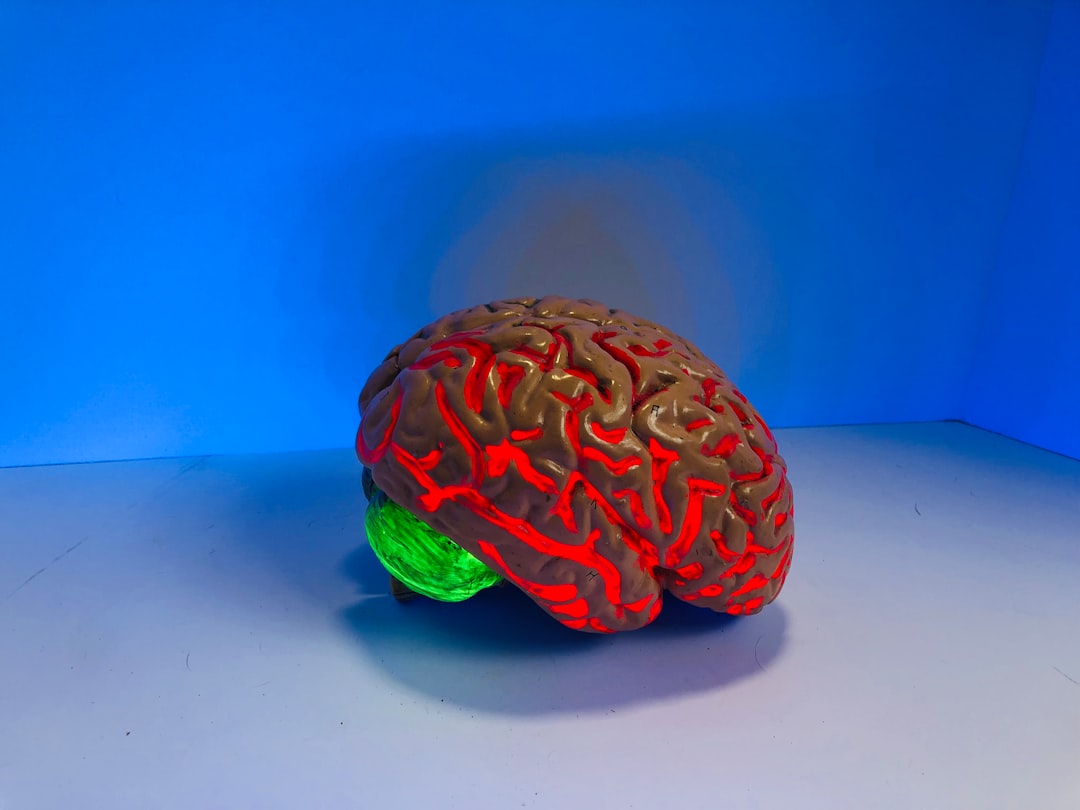What is it about?
We studied the topological properties of the global supply chain network in terms of its degree distribution, clustering coefficient, degree-degree correlation, bow-tie structure, and community structure to test the efficient supply chain propositions proposed by E. J.S. Hearnshaw et al. The global supply chain data in the year 2017 were constructed by collecting various company data from the website of Standard & Poor’s Capital IQ platform.
Featured Image

Photo by NASA on Unsplash
Why is it important?
The in- and out-degree distributions are characterized by a power law in the form of γin = 2.42 and γout = 2.11. The nodal degree-degree correlations indicate the absence of assortativity. The bow-tie structure of the giant weakly connected component (GWCC) reveals that the OUT component is the largest and consists of 41.1% of all firms. The giant-strong-connected-component (GSCC) is comprised of 16.4% of all firms. We observe that upstream or downstream firms are located a few links from the GSCC. Furthermore, we uncover the community structures of the network and characterize them according to their location and industry classification. The largest community comprises the consumer discretionary sector based mainly in the United States (US). These firms belong to the OUT component in the bow-tie structure of the global supply chain network.
Perspectives
We confirmed the validity of Hearnshaw et al.’s efficient supply chain propositions, namely Proposition S1 (short path length), Proposition S2 (power-law degree distribution), Proposition S3 (high clustering coefficient), Proposition S4 (“fit-gets-richer” growth mechanism), Proposition S5 (a truncation of power-law degree distribution), and Proposition S7 (community structure with overlapping boundaries) regarding the global supply chain network.
Yuichi Ikeda
Kyoto Daigaku
Read the Original
This page is a summary of: Testing “efficient supply chain propositions” using topological characterization of the global supply chain network, PLoS ONE, October 2020, PLOS,
DOI: 10.1371/journal.pone.0239669.
You can read the full text:
Contributors
The following have contributed to this page










